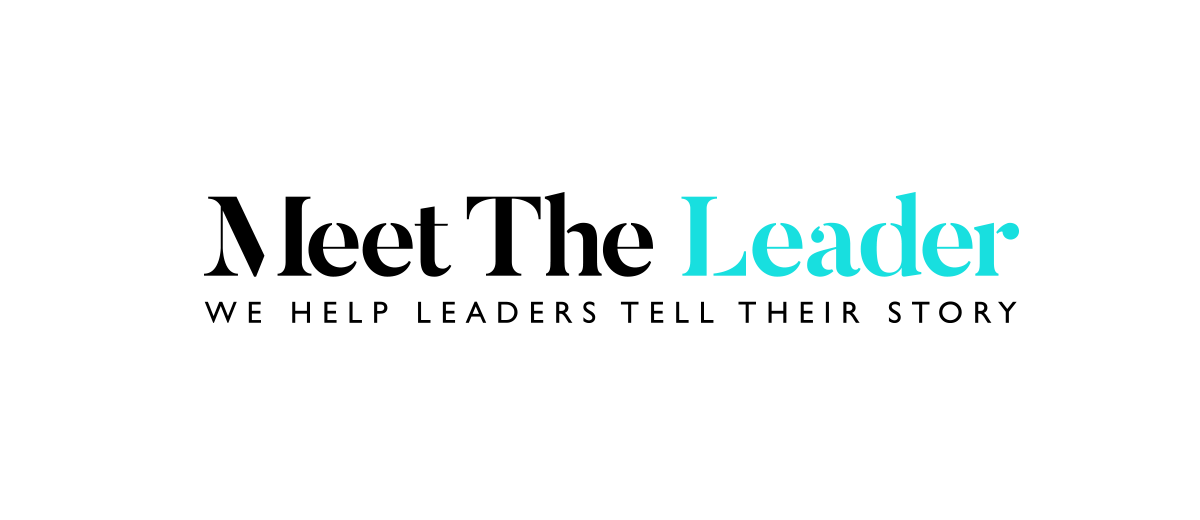“Circularity is connected to sustainable consumption.”
Pia Heidenmark Cook, former CSO (Chief Sustainability Officer) for IKEA and sustainability speaker with Champions Speakers, talks to Jack Hayes about the success of the People and Planet Positive strategy, which embraces a circular economy and fundamentally changed the furniture giant.
I worked at IKEA for 13 years, with the last five as CSO (Chief Sustainability Officer), so it’s difficult to pinpoint just one achievement as the thing I’m proudest of. Aside from the milestones we achieved or the goals we set, I’d say it is the people. Working with co-workers in the stores from different countries and just feeling the energy, enthusiasm and pride when an idea ‘clicks’ and people understand it’s good for the business, people and the planet.
When we launched the People and Planet Positive strategy in 2012, it changed the company in many ways. We’d had strategies and policies since the 1980s, but I’d say this was the first business sustainability strategy, with more concrete, clear goals. From then on, it became much more of ‘this is something we do as a business because it’s the right thing to do’ and it continues to be a key part of the business plan and the strategic landscape of the company.
Circular economy benefits
On a simple level, we can define a circular economy in terms of all the elements in the design cycle, including reused, disassembled and refurbished. So for example, IKEA has sofas that can be pulled apart. If you need a big sofa, you can have more modules, but if you're moving somewhere smaller, then you can take away some modules.
The next part, which I think is the trickiest part, is where you really change how you interact with customers and the whole business model adaptation. How can you move away from physical products or first-time products and look at the total life cycle of a product? There are some companies, especially small start-ups in that space, but there are not that many big-volume mainstream models.
Recycling is not the answer
Although we’re still testing and learning as a business community, I think it’s dangerous to get stuck in recycling, which is energy intensive. Yes, it’s better than putting stuff in landfill, but we need to start asking ourselves whether we need this much stuff, and can we justify taking new material out of the ground. Instead, can we make sure that we take care of things so that they can ‘live’ for as long as possible? And if that’s through second-hand, donation or refurbishment, there are many ways, but we really need to look at that.
Circularity is connected to sustainable consumption, not only the production part but really the consumption part. We as individuals have a lot to do in that space, but companies do too, because you need to build these models to be profitable, otherwise they will never take off and they will never grow to scale. Highlighting some profitable models [such as IKEA] is needed so that it becomes easier for companies to shift.


